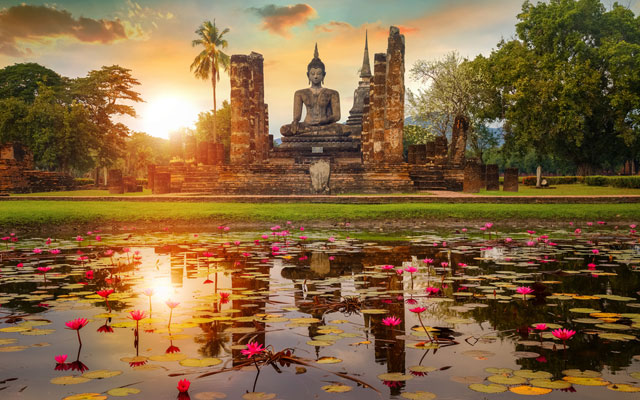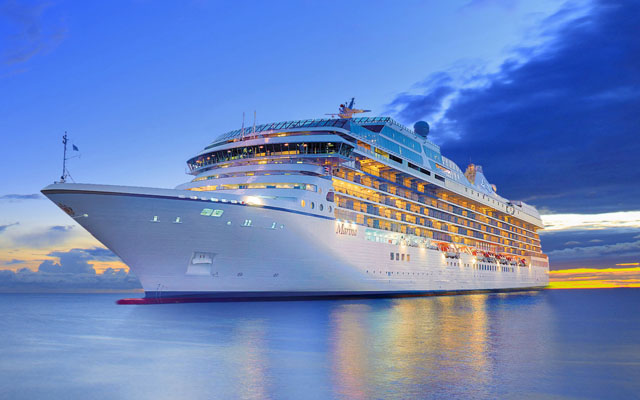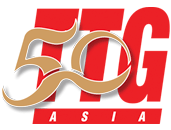Visitors to Thailand are seeking more diversified experiences and venturing into secondary destinations, offering hoteliers opportunities to target inbound visitors through a market segmentation approach that aligns with Tourism Authority of Thailand (TAT)’s latest Open to the New Shades of Thailand campaign.
The Expedia Group reveals some emerging trends for Thailand, garnered from its 675+ million monthly visits from across the globe in 2017:

A greater demand for cultural and historic destinations
Chiang Rai in Thailand’s northern province recorded an outstanding +80% year-on-year inbound growth, thanks to local hill tribes and their distinctive customs that make for an intriguing cultural mix for intrepid travellers. Chiang Mai, on the other hand, experienced a relatively slower but healthy growth at +30%.
While Asian travellers seem more interested in experiencing local customs, European travellers from France, Germany and the UK showed greater interest in exploring Thailand’s historical ruins.
Sukhothai, known for its ruins of Thailand’s first kingdom dating back over 700 years, experienced +50% year-on-year in inbound demand, where Europeans alone attributed to more than half of this growth.
Package bookings drive higher ADRs in beach destinations
While the top five most visited beach destinations among international travellers remained the same as 2016, Pattaya led the pack with year-on-year growth at +40%, followed by Phuket and Hua Hin with a modest growth of +20%. On the other hand, Koh Samui and Krabi recorded relatively slower growth at around 10%.
In these top five destinations, Expedia Group’s package – which bundles flights and hotel accommodation – travellers paid 1.2 times more for their accommodations compared to standalone bookings.
On average, package travellers tend to stay one more day and are 50% less likely to cancel their trips due to the non-refundable flight element, as compared to standalone bookings. The US, Australia and the UK led the growth for package demand to Thailand’s key beach destinations.
While nearly seven in 10 bookings to Thailand comprise of one or more beach destinations, international visitors are also venturing beyond the beaten path. Upcoming beach destinations such as Koh Chang and Koh Lipe both recorded a healthy +30% growth.

Thanks to UNESCO-listed Khao Yai National Park, Khao Yai recorded an outstanding three-digit growth at +160% year-on-year. Over half of these visitors are from South-east Asia countries with Singapore topping in the first place, accounting for nearly 40% of Khao Yai’s overall inbound demand.
Gastronomy becomes Bangkok’s key attraction
Bangkok attracted the attention of foodies worldwide when it was named the world’s top street food city. Michelin then launched its first edition Michelin Guide Bangkok, featuring a total of 98 restaurants. These recent developments highlight how Bangkok embraces international dining while spotlighting its own rich culinary heritage and authentic Thai cuisine.
While Japanese travellers place the highest importance on food experience, Australian visitors ranked food as the second most important factor influencing their choice of travel destination according to a recent Asia Pacific Travel Trends research. Expedia Group’s data for Bangkok supported these findings as Japan was ranked top three inbound markets while Australia was one of the fastest-growing inbound market among Thailand’s top 10 feeder markets, injecting a healthy double-digit growth into Bangkok.




















